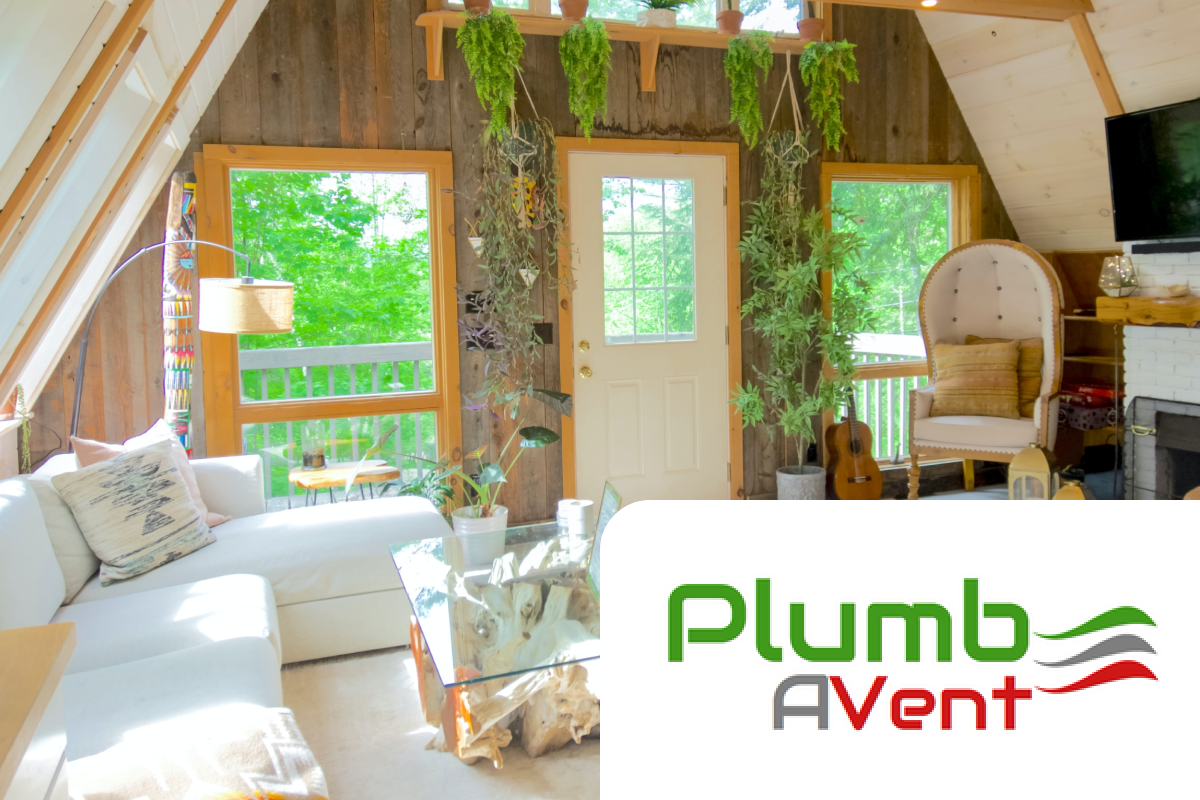Imagine a home that breathes, ensuring you are in a healthy environment, enhancing your indoor air quality while maintaining an energy-efficient ecosystem. This is not a futuristic concept but a present-day reality achieved through effective home ventilation. This article unpacks the significant benefits of home ventilation, why it is an integral part of modern house design, and how to optimize it for energy efficiency.
Understanding Home Ventilation
Home ventilation refers to the process of exchanging indoor air with outdoor air to maintain air quality, reduce humidity levels, and eliminate pollutants such as dust, odors, and harmful chemicals. Not only does this process contribute to healthier living conditions, but it also helps maintain the integrity of your home by preventing mold growth and structural damage caused by excess moisture.
Why Home Ventilation is Essential
Indoor air quality often gets overlooked in the discussion about health and wellbeing. Yet, poor air quality can lead to numerous health issues like allergies, respiratory problems, and asthma. An efficient home ventilation system can dramatically improve indoor air quality, reducing pollutants and ensuring a healthier living environment.
Moreover, home ventilation helps regulate temperature and humidity levels, creating a more comfortable living space. In colder climates, ventilation reduces excessive moisture, preventing mold growth, while in warmer regions, it can help keep your home cooler, reducing the need for air conditioning.
Optimising Home Ventilation for Energy Efficiency
With rising energy costs and environmental concerns, optimizing home ventilation for energy efficiency is crucial. Properly designed and maintained ventilation systems can significantly reduce energy consumption while providing a healthy and comfortable living environment. Here's how you can optimise your home ventilation system:
1. Natural Ventilation: Make use of windows, doors, vents, and other openings to allow air circulation. The placement of windows across the house for cross-ventilation, vented skylights, and using ceiling fans can dramatically improve natural ventilation.2. Mechanical Ventilation: In areas with high humidity or low outdoor air quality, mechanical systems such as exhaust fans and whole-house ventilation units can help. These systems can be programmed to operate only when necessary, improving energy efficiency.
3. Heat Recovery Ventilators (HRVs): HRVs capture heat from the outgoing stale air and transfer it to incoming fresh air in cold climates. This process helps maintain a comfortable temperature without overusing the heating system, saving energy.
4. Regular Maintenance: Regularly cleaning and maintaining your ventilation system can optimise its performance, reduce energy consumption, and extend the lifespan of the system.
Final note.
Effective home ventilation is not just a luxury but a necessity in the modern home. A well-ventilated home ensures a healthier living environment, contributes to structural integrity, and can significantly reduce energy consumption. Remember, a home that breathes is a home that nurtures health and wellbeing while respecting our planet.

